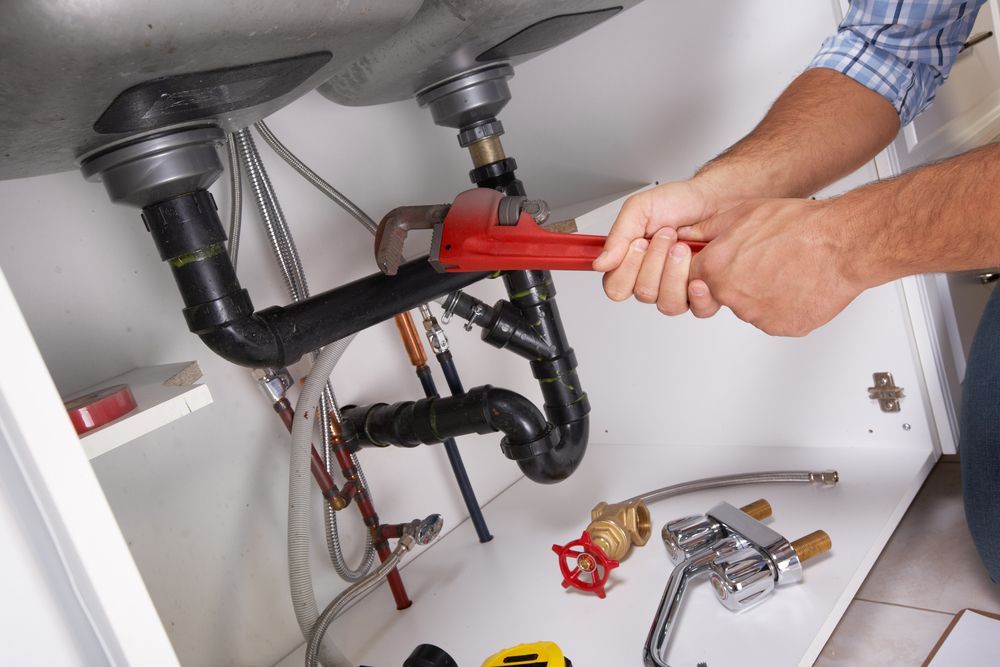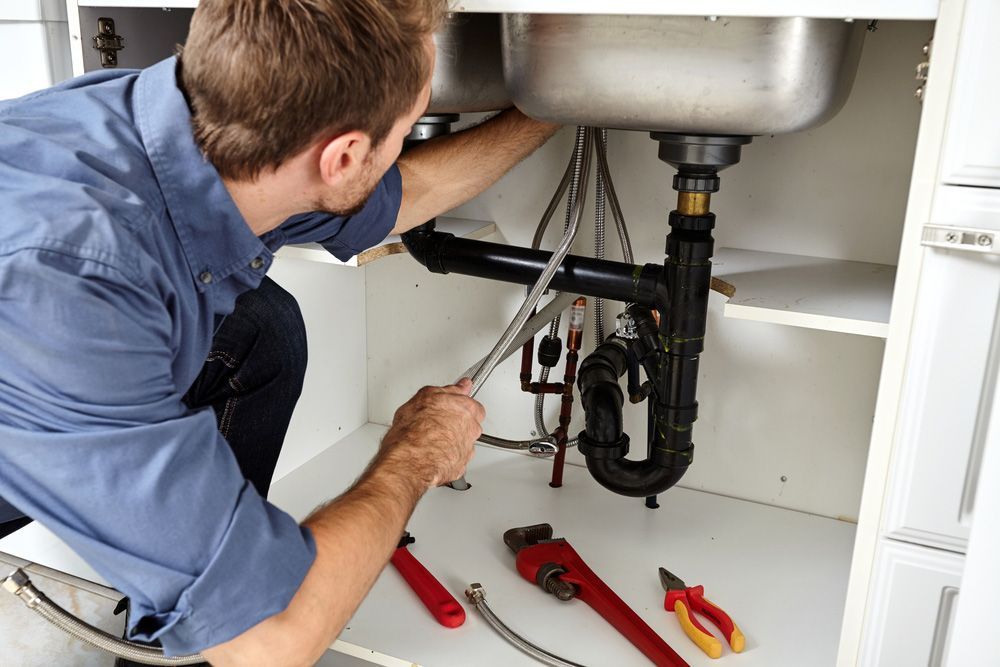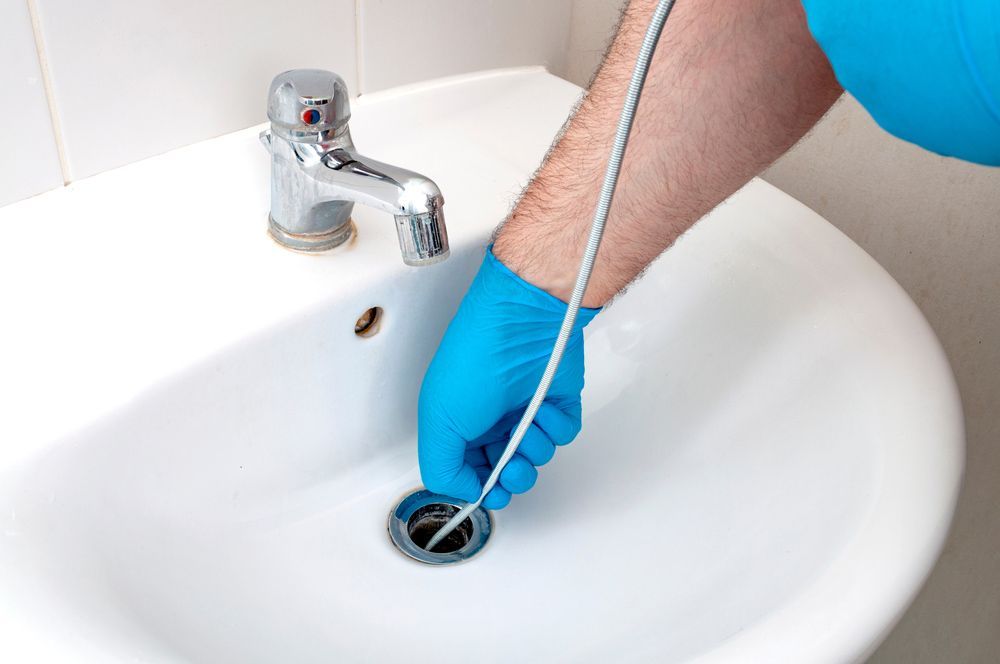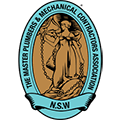Seven Handy Tips to Prevent Your Drains From Blocking
Interested in reducing the risk of a blocked drain? Here at Matt Diamond Plumbing, we’re often amazed by the things we find that have caused a blocked drain. Save yourself from the inconvenience and expense that comes with a blockage by following these seven straightforward, yet highly effective tips.
Blocked drain? (02) 6884 1531.
1. Tip nothing other than water down outside drains
Outdoor drains are primarily intended to provide a route by which rainwater from your downpipes can enter the sewage system. They’re certainly not intended for engine oil, paint, DIY compounds, powdered plaster (yes, really) or any other liquid waste. Toxic to animals and plants, these waste liquids are also highly likely to cause a blockage.
2. Install sink strainers
Sink strainers are small, perforated metal cups that sit in your sinkhole. Designed to trap dregs from the washing up bowl, coffee grounds and anything else that gets chucked into the sink, a sink trap ensures solid matter doesn’t end up going down the plughole.
3. Watch your fat
Because fat is a liquid when it’s even slightly warm, it’s all too easy for melted butter, coconut oil or animal fat to get into the drainage system. Make sure that oil is disposed of responsibly if you want to avoid the threat of a fatberg blocking up your drain.
4. Only flush the three "Ps" down the toilet
From discarded toys through to wet wipes, cotton buds, sanitary products and more, there are all sorts of things which end up being flushed down the toilet. Toilet pipes aren’t built to accommodate larger objects! We recommend only flushing the three “ps” – poo, pee, and paper – down the toilet. A small bathroom bin, next to the toilet, can be used to dispose of any other unwanted hygiene items.
5. Install a drain cover
Without a cover, exterior drains are highly likely to silt up with leaves, dead molluscs and other yard detritus. Inevitably, this type of build-up can cause a blockage. A simple drain cover can resolve this problem, helping to ensure only wastewater enters the drainage network.
6. Check your tree roots
If there’s a small hole or crack in your drainage pipe, a tree’s root will find it. Designed to seek out water, the root will automatically try to penetrate through a worn or fractured pipe. Once inside, the tree root will continue growing, eventually blocking the pipe completely. We recommend avoiding planting trees close to your property, or if you have a nearby tree, arrange for regular drain network inspections.
7. Consider a drain inspection
If you’re following all the above tips but are still experience blockages in your drains, a drain inspection could solve the problem. During the inspection process, a cable-mounted camera is fed into the pipe. This takes pictures of the interior, enabling plumbers to identify any problems that are contributing to blockages, as well as take remedial steps to eliminate the issues.
Contact Us for Quality Blocked Drain Solutions!
If you need an expert opinion on your blocked drainage in your home or company building, contact the team at Matt Diamond Plumbing today by giving us a call or filling out our online form!
If you’re trying to find a reputable plumber in NSW, read our previous blog here!












